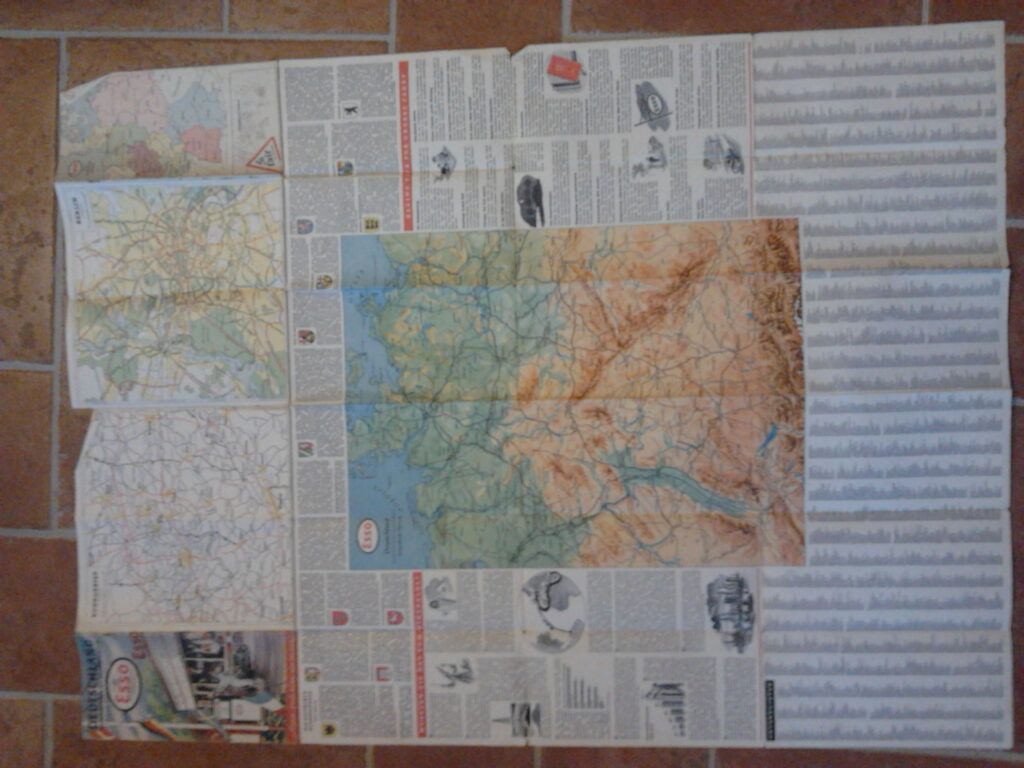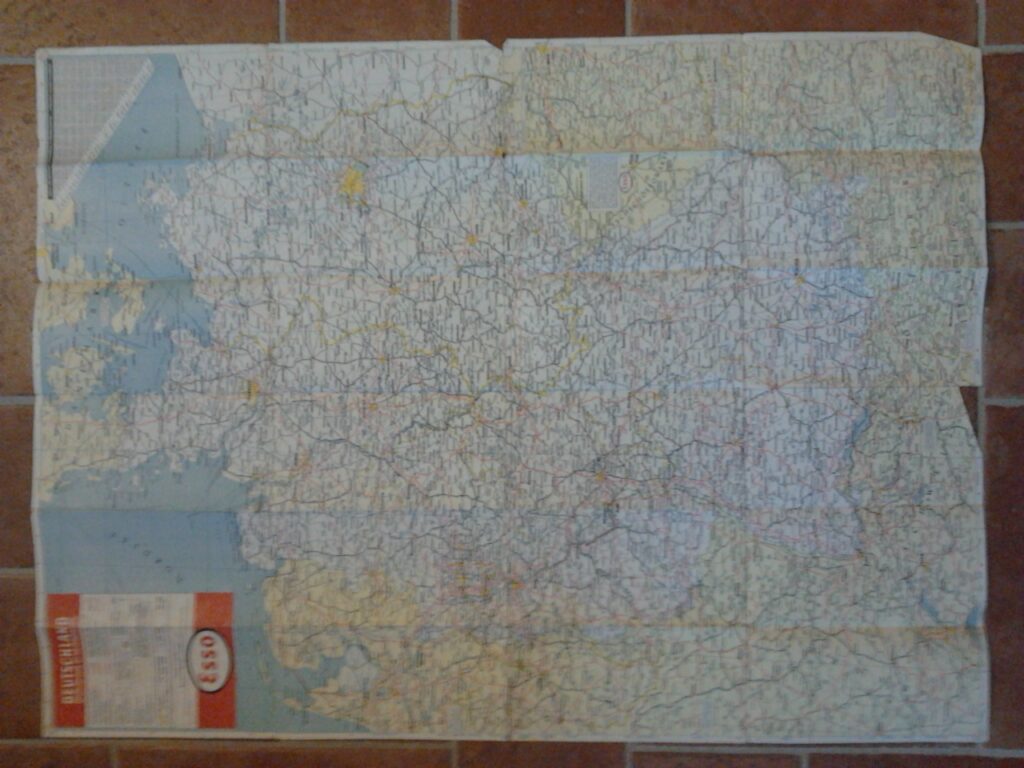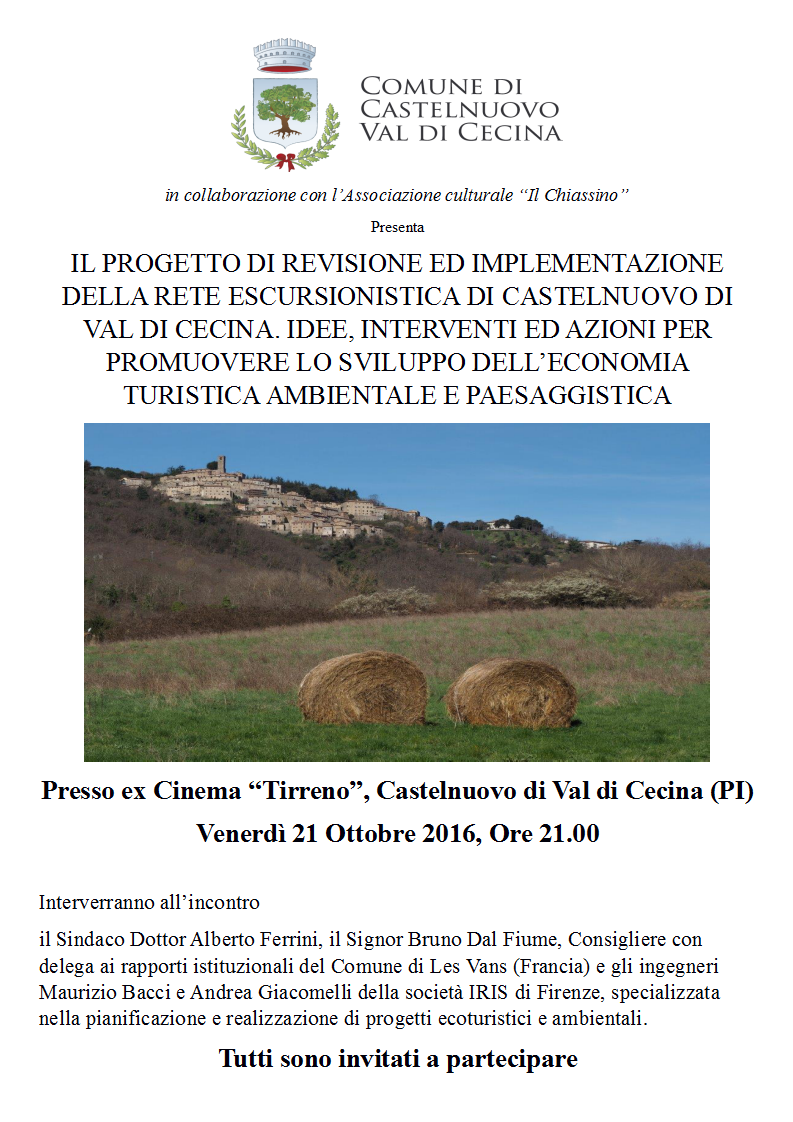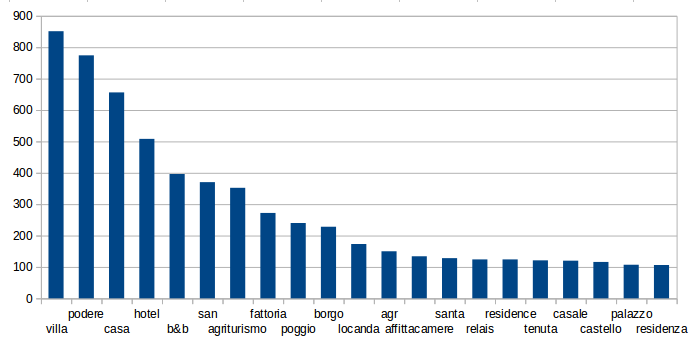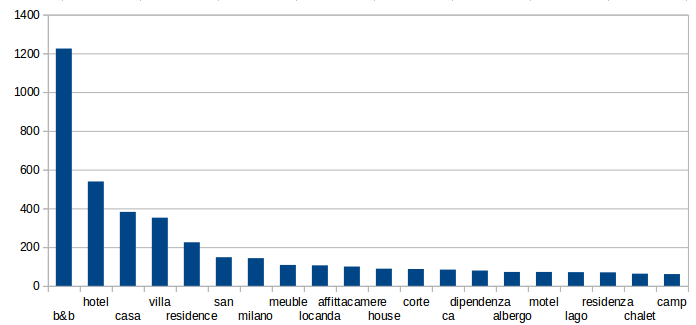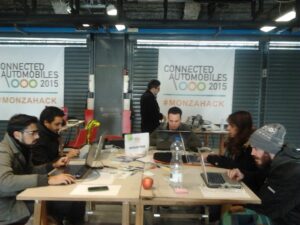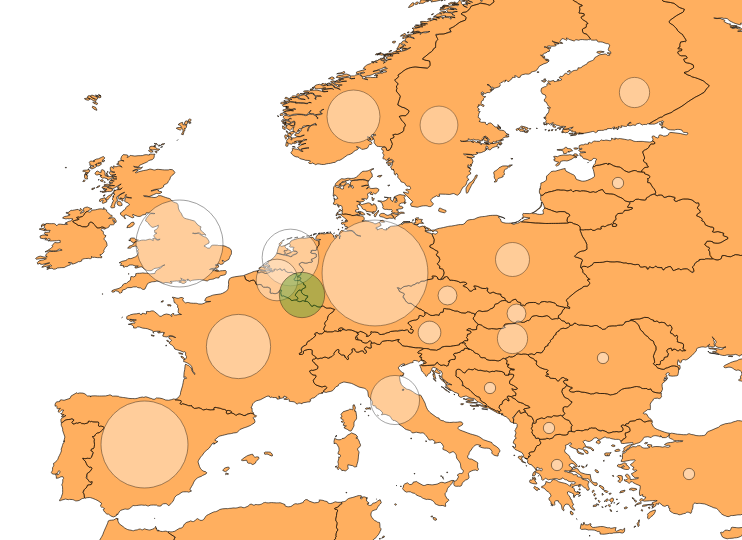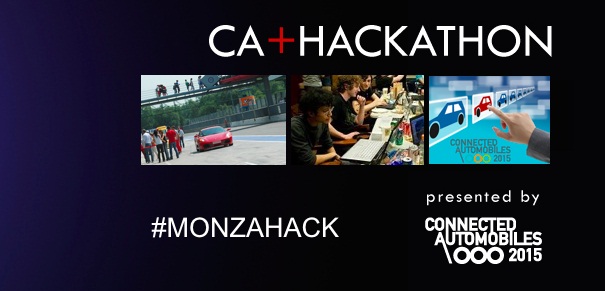Fa’ la Cosa Giusta is the biggest and most widely known Italian Fair on sustainable lifestyles. Between 3 and 4PM on Saturday, March 2017, you can find us there with an event which, as usual, will be considered too long by communication and marketing experts.
This is not the first time that I participate in this event.
In 2008 I was invited to present the experiences of Palla 21 in Chicago and m(‘)appare Milano for the tenth Avanzi anniversary.
A couple of years later I was part of the Ortinconca team, a group of milanese citizens committed to urban gardening with ancient seeds (for whom I created an open-source web map of the seed distribution map).
But this is the first time that we have an event in the cultural events section of the fair, together with team we work in since 2006, and completely focused on our own projects.
a) The fair’s web site has an event description in Italian . which we are translating here for your convenience:
When: Saturday, March 2017
Where: Piazza Viaggiatori
Event type: meet-up
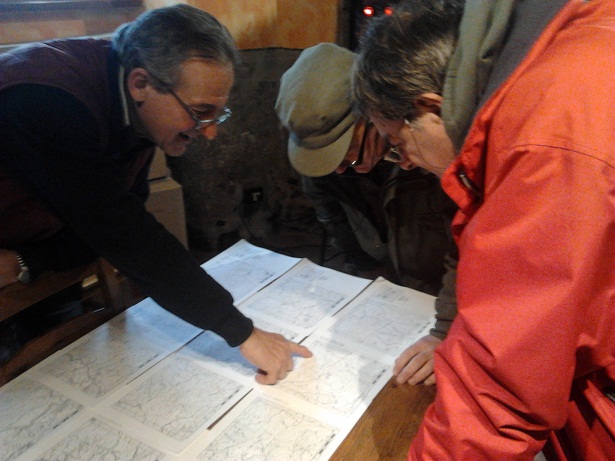 This will be your next chance to get to know the map of light pollution (BuioMetria Partecipativa) and the community map of the Farma Valley, created by the residents of this lesser known corner of Tuscany, 45 minutes South of Siena (or two hours South of Florence, you choose).
This will be your next chance to get to know the map of light pollution (BuioMetria Partecipativa) and the community map of the Farma Valley, created by the residents of this lesser known corner of Tuscany, 45 minutes South of Siena (or two hours South of Florence, you choose).
With: Andrea Giacomelli, plus two or three mappers of Earth, Sea, and Sky
Andrea Giacomelli (aka pibinko), since 2006 has been creating and managing projects on interdisciplinary protection and promotion of lesser resources.
The other guests will be active members coming from the communities which are participating to the BuioMetria Partecipativa and Farma Valley Community Maps.
Organised by: pibinko.org
Admission: free (but you need to have a ticket to enter the fair)
For information and reservations: info@pibinko.org
b) Read a short presentation concerning the event, by Giancarlo da Miele:
 Some call the maps, some call them charts. Whichever way, we use them to save a trace, to understand a context, to inspire a walk, to plan a military strike of the remediation of a contaminated site, to decide where we should irrigate more, an where we should irrigate less. Maps in relation to space are like calendars in relation to time: they are tools to provide boundaries and references in one or more dimensions. As any tool, we can find maps which are designed and produced “top-down” or “bottom-up”. You can build a jet airliner or a paper plane. With both you can make a journey. What will change is how much you spent to reach your destination.
Some call the maps, some call them charts. Whichever way, we use them to save a trace, to understand a context, to inspire a walk, to plan a military strike of the remediation of a contaminated site, to decide where we should irrigate more, an where we should irrigate less. Maps in relation to space are like calendars in relation to time: they are tools to provide boundaries and references in one or more dimensions. As any tool, we can find maps which are designed and produced “top-down” or “bottom-up”. You can build a jet airliner or a paper plane. With both you can make a journey. What will change is how much you spent to reach your destination.
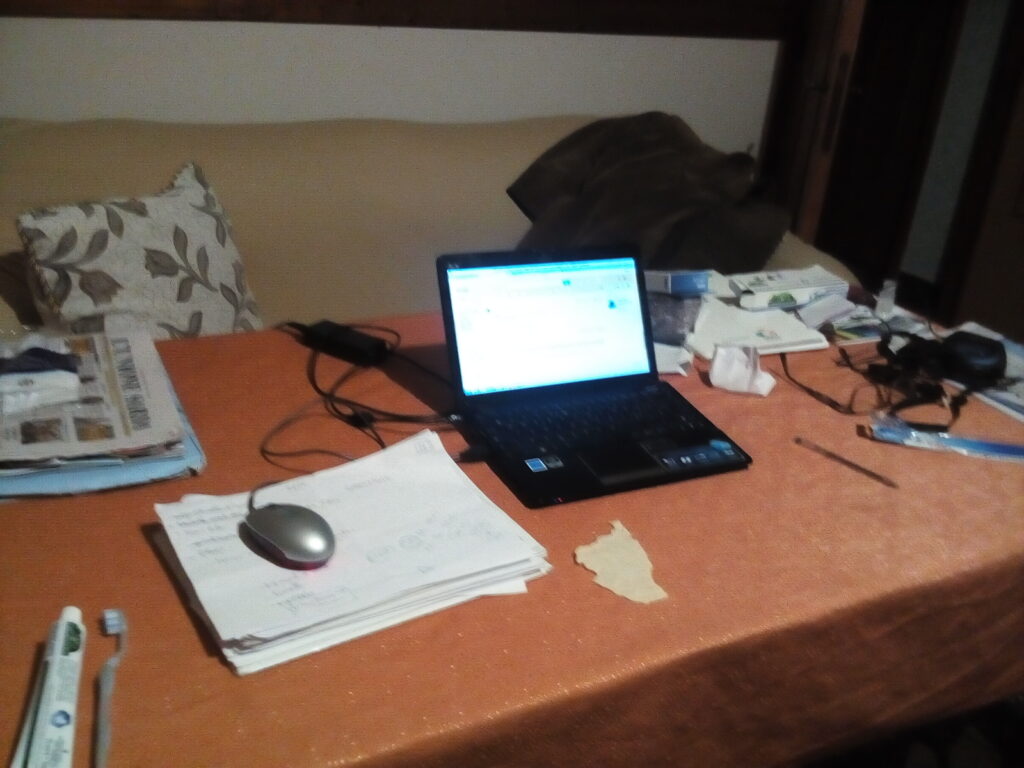
The presentation will propose some of the experiences in creating maps by a team which, since 2006, has been collating experiences from very diverse paths.
Some are “high-level”, and some are “low-level” (according to the concepts of “high” and “low” circulating in Europe in the past 70 years: PhD grants in hydrology, sledgehammer grants in construction sites, Science and Technology parks in Southern Italy, timber men working right next to natural protected areas in Southern Tuscany. Put all these experiences in a cultural blender, mix them for ten years, and apply the result to map making, pouring a little each year. Our survey is not yet complete, but we have parts of Earth, Sea, and Sky to show, and we need a hand to keep on tracing our rout to the Valley that’s not there.
c) Since we need to be in Milano on March 11, we expect to reach the city at least one day in advance, and will not have to rush back to Toscana, so we might stay one or two days after the event. If you are not able to attend on March 11, but are interested to take up our challenge on participatory earth, sea and sky survey, let us know (info@pibinko.org or +39 351 133 7020).

